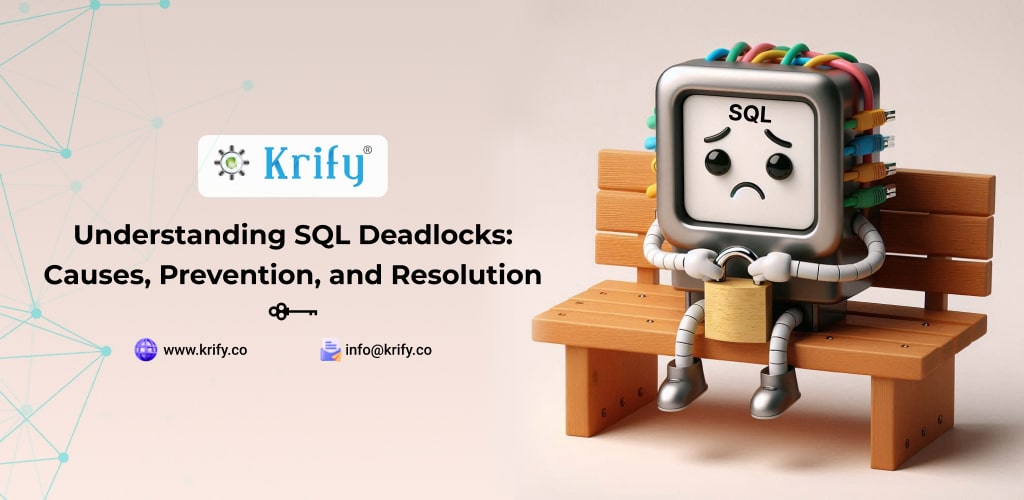Introduction
SQL deadlocks pose significant challenges in database management, impacting both application performance and reliability. This blog explores the causes of SQL deadlocks, methods for detection, and effective strategies for resolution.
What is a SQL Deadlock?
A SQL deadlock occurs when multiple transactions wait indefinitely for each other to release locks, thereby preventing any transaction from progressing.
Causes :
- Circular Wait Conditions: Transactions A and B lock resources that each other needs, leading to a deadlock.
- Resource Contention: High concurrency and competition for shared resources increase the risk of deadlocks.
- Lock Escalation: Fine-grained locks escalating to coarser locks (e.g., row to table) intensify contention.
- Improper Transaction Management: Long-running transactions or improper handling of locks can contribute significantly to deadlocks.
Detecting :
Modern RDBMSs such as SQL Server and MySQL/InnoDB employ mechanisms like deadlock monitors and wait-for graphs to automatically detect and resolve deadlocks.
Preventing :
Effective prevention strategies include:
- Resource Ordering: Ensure transactions acquire locks in a consistent order to avoid circular waits.
- Minimizing Lock Scope: Keep transaction durations brief to reduce lock contention.
- Isolation Levels: Choose appropriate isolation levels (e.g., READ COMMITTED) to balance data consistency and concurrency.
- Query Optimization: Optimize queries to minimize lock durations and improve efficiency.
- Avoiding Lock Escalation: Configure databases to prevent unnecessary escalation of locks.
Resolving :
When detected, databases typically terminate one transaction to break the deadlock cycle. Strategies for resolution include analyzing deadlock graphs, implementing retry logic, refactoring transactions, and reviewing indexing strategies.
Conclusion
SQL deadlocks are inevitable in high-concurrency relational databases. Understanding their causes and implementing proactive strategies can significantly enhance application performance and reliability. Regular monitoring and effective transaction management are crucial for maintaining a deadlock-free environment. Contact us



